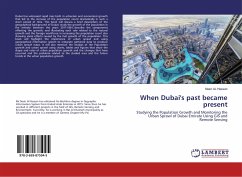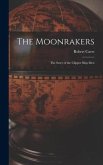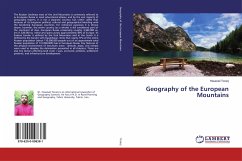On the 13th of March, 2007 a failure of the tephra dam at Te-wai-a-moe, the Crater Lake of Mt Ruapehu in the North Island of Aotearoa/New Zealand, caused a lahar to travel down the Whangaehu River channel. The media event associated with 2007 lahar event drew considerable attention to the 1953 Tangiwai tragedy which occurred following a similar lahar event at Mt Ruapehu. The 2007 lahar media event constructed Tangiwai as a site of risk that belonged to science, technology and Pakeha tragedy, dominating understandings of Tangiwai as an important spiritual place for local iwi and their relationship with Mt Ruapehu. The lahar event also highlighted the dominant western science based hazard management paradigm and its interactions with matauranga Maori. Inherent in the dominant western science paradigm is the natural/social split born of the scientific Enlightenment and the removal of non-humans as actors. Bruno Latour (2004) calls for a move beyond the natural/social dualism and recognition for the importance of non-humans in contesting and recreating worlds; this thesis considers Charles Royal's tangata whenua paradigm as an answer to Latour's call.
Bitte wählen Sie Ihr Anliegen aus.
Rechnungen
Retourenschein anfordern
Bestellstatus
Storno








